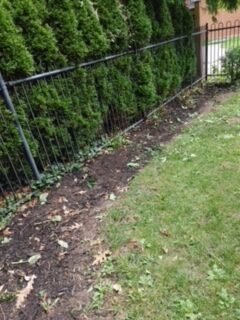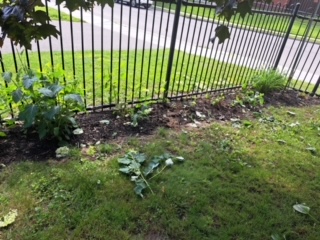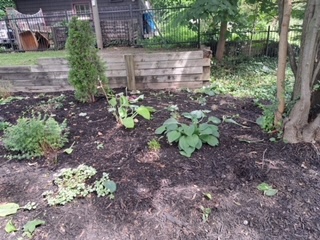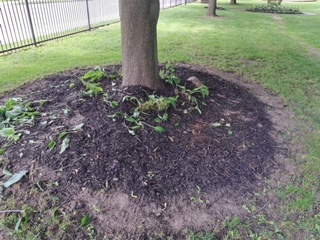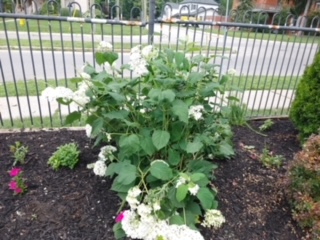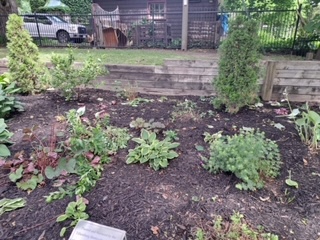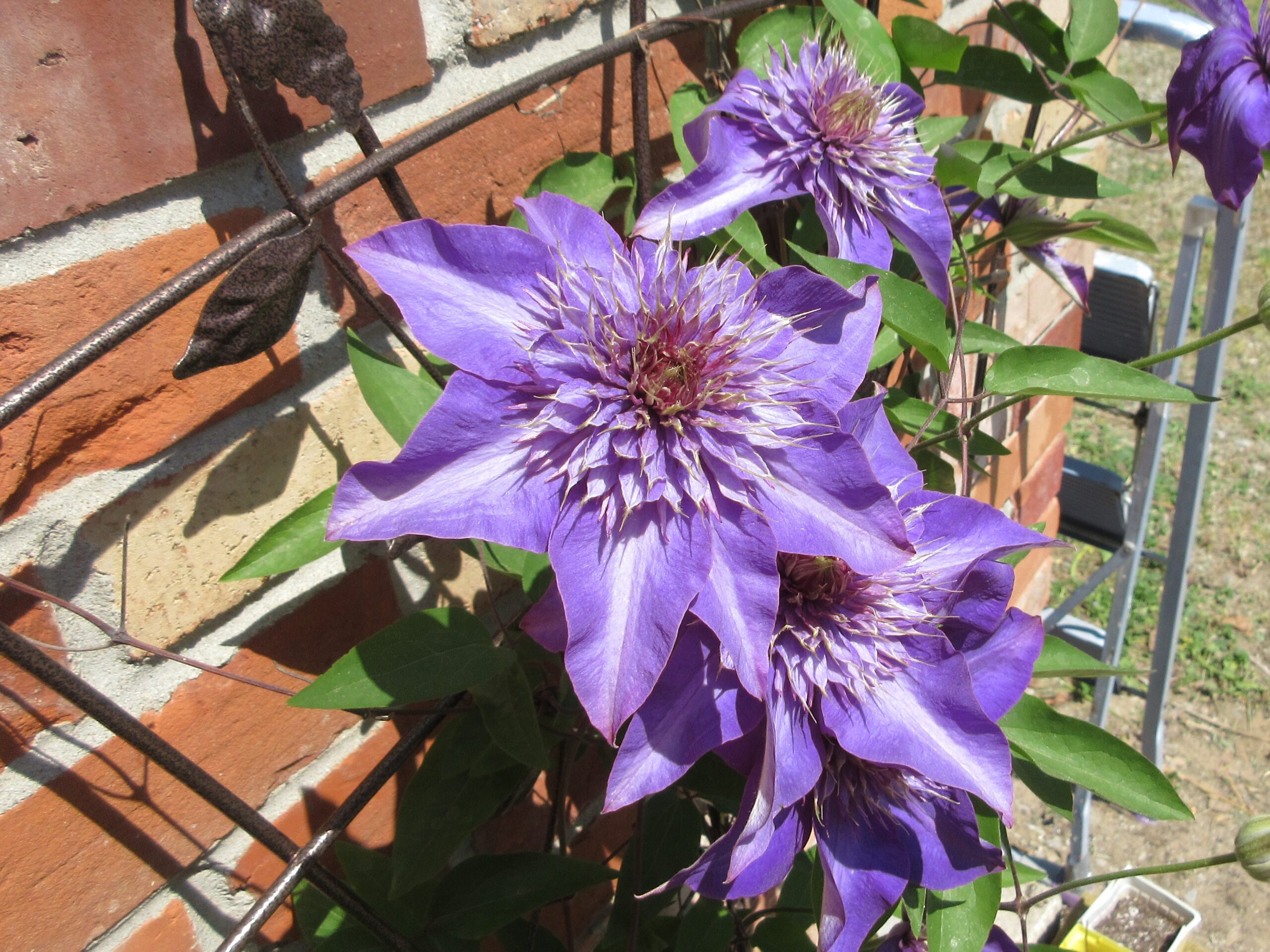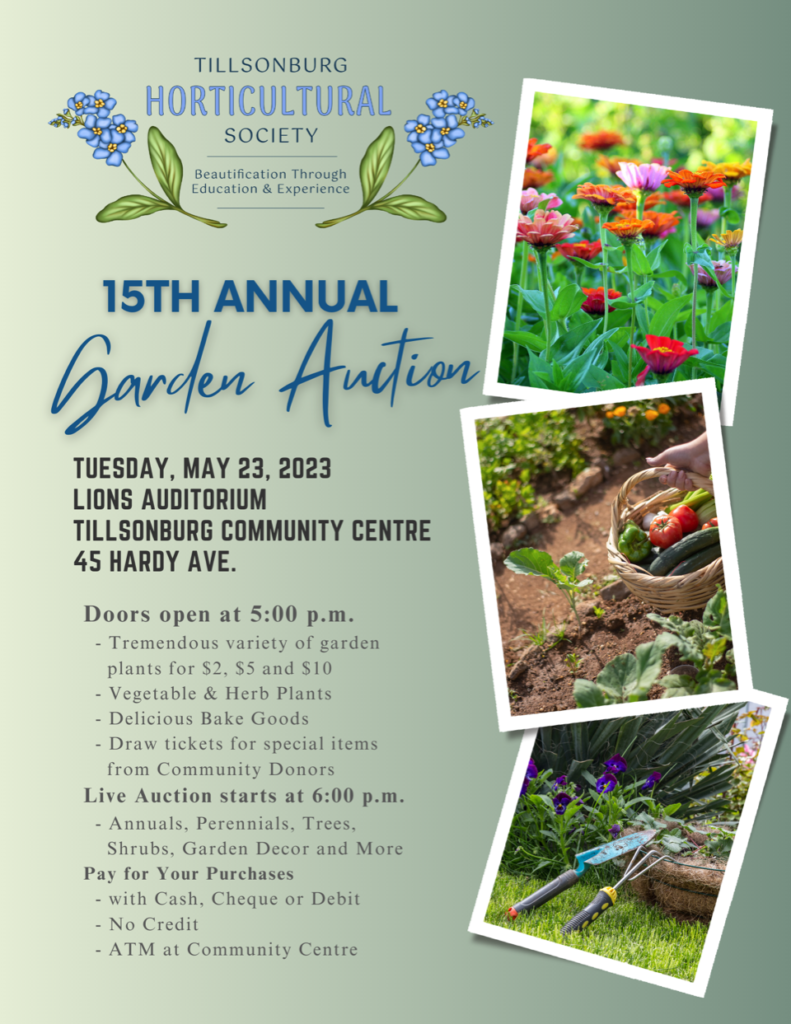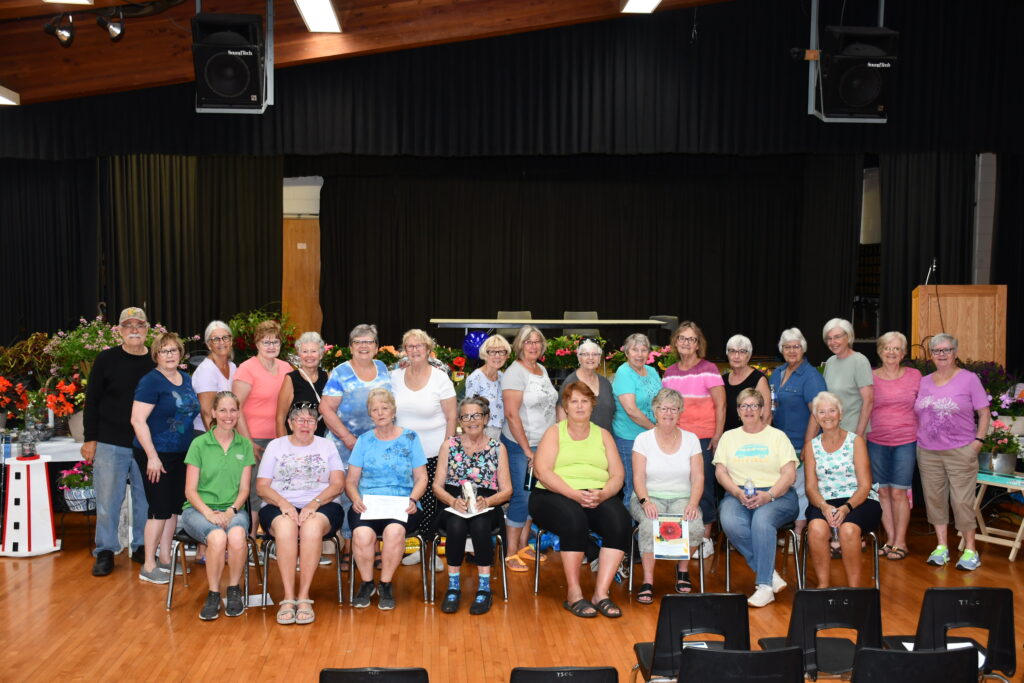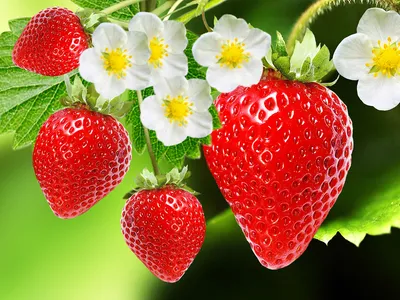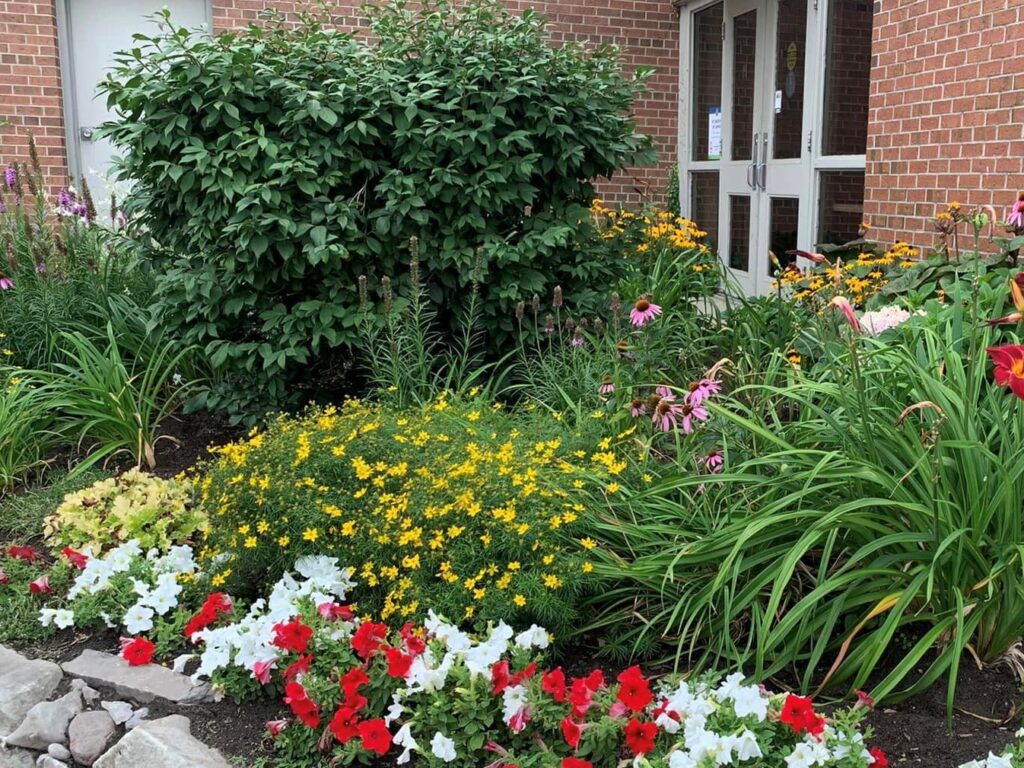By Sue Healey, Tillsonburg Horticultural Society
February 2024
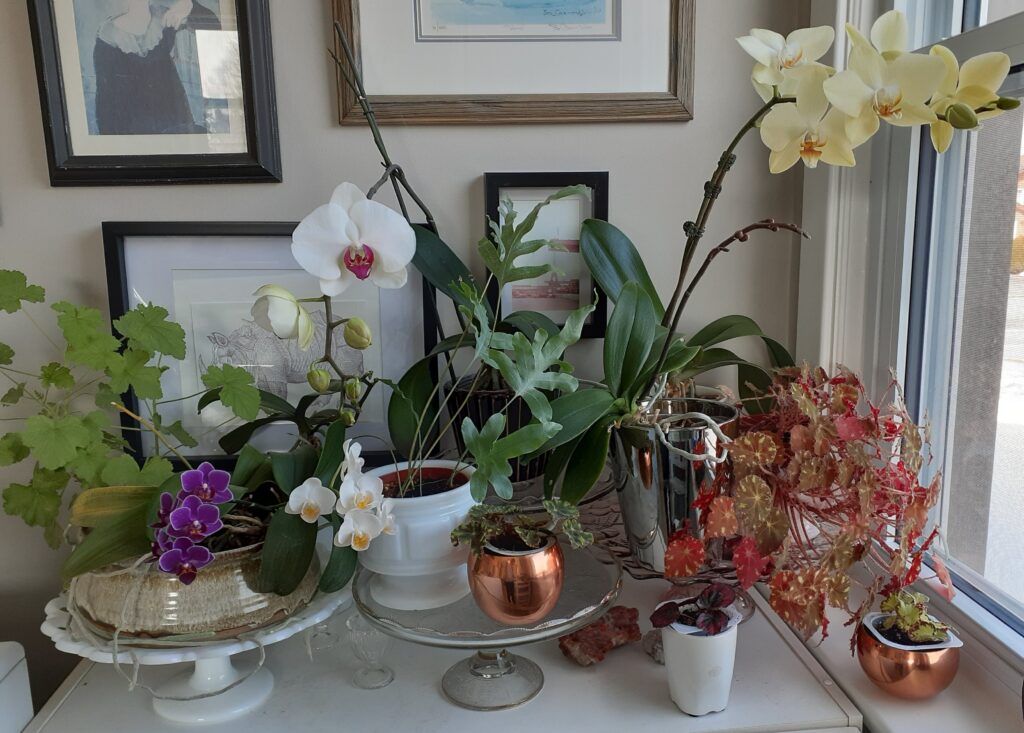
A garden for every window ~
February can be a hard month to endure in Southwestern Ontario. Even though it’s a short one, this month seems to drag on and on. We are deep into the winter and spring seems a long way off. We’ve had storms, and real winter driving, already there are too many coats and boots in the back hall and too many puddles to be avoided. But if there is snow and sun, February can be fine, dazzling even. If it’s overcast, as so much of January was, we must search a little harder for brightness.
I look to my windows and the houseplants crowded around each one for my dose of brightness. Potted plants were my first horticultural love. Having no access or funding for an outdoor garden, I began with one potted succulent: String of Pearls. It was dead within a month, but not before it had me hooked. In the intervening 30 years there have been more successes than failures and my collection now contains many old friends. I am fortunate enough to have unobstructed windows on three sides: north, east, and south. None are as large as I’d like but we make do, as gardeners must, and each window now hosts its own unique, attendant garden.
Northern windows offer a soft, indirect light and is the weakest of the four. Ficus and ferns, both of which do well in less light live comfortably side by side. To boost humidity pebble trays filled with water, are scattered among the pots, receiving a watering whenever the living things do. Rabbits foot fern (polypodium aureum) is a great fern for the indoors. Able to survive in drier conditions, rounded, silvery fronds stand above hairy, brown rhizomes (hence the common name) that crawl across the surface of the soil. Rex Begonias fit in nicely here, their broad leaves adding flashes of colour among the greenery. Consistent moisture is key to Begonia health. Smaller leaved “eyelash” begonias are as hardy as they come and easily propagated from leaf cuttings.
Southern and Western windows offer plentiful, intense light. This is a prime location for sun lovers such as succulents, euphorbias and peperomia, some even blooming during the winter months. Gasteria, with their ridged stacks of spikes, is one of the easiest succulents to grow and sends out tall stems, adorned with delicate bells throughout the winter. The family is a huge one and cultivars come in a variety of sizes and textures. Euphorbia too, is a vast family, containing unique and often imposing, architectural plants that thrive in the dry, winter conditions so commonly found indoors.
But in February, the east window is my favourite. Here is where and when the orchids bloom. The morning light, humidity level, night-time temperature and weekly watering have combined to give them what they want. They reward me with blooms that last until spring. Beginning in late January, the stems begin to stretch towards the light, shy little buds already formed but held close. Throughout the month of February, the buds fatten until at last they unfurl into rounded, pristine blossoms with faces like dragons. Mine are Moth Orchids (Phalaenopsis), the easiest of the lot to grow. Coming in a wide range of colours and patterns, they’re also the easiest to obtain. They like it warm during the day and cooler at night, no wet feet, and a washing of the leaves periodically. Orchids will rest between bloom periods but should be cared for regularly during this period. Given the correct conditions plants can bloom annually for decades. Moth orchids are just a gateway plant into a genus that is as varied as it is vast. There are around 25,000 species that make up the orchid family, each one a marvel of colour and form and often, scent.
Whether you have one window or many there is a plant for you. There is a wide range of easily accessible specimens for every situation. Artificial lighting has come so far in the last decade that you don’t even need windows to grow beautiful, healthy plants. I believe that everyone should care for a green thing. They are good for us. A plant’s tenacity and ingenuity inspire consideration and wonder. Their fragility reminds us that all things need care. Many a visitor has left my home carrying one of my plants and I in turn, have left many with a gift of my own. These gifts are what line my windowsills. They remind me of the giver and brighten the dullest winter’s day.
Learn how to make more plants at the Tillsonburg Horticultural Society’s general meeting on the first Tuesday of the month. February’s speaker is Denise Hodgkins who will be discussing propagation methods. For members of the society, there will be a seed swap starting at 6:30 the same evening. Bring some of your collected seed and leave with something new!

